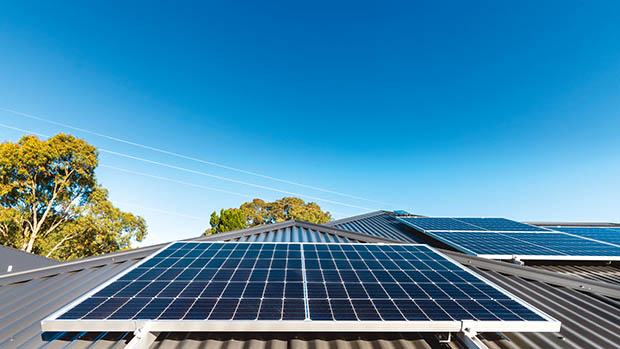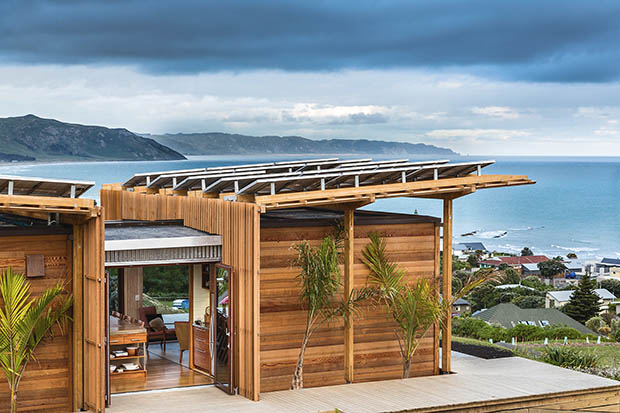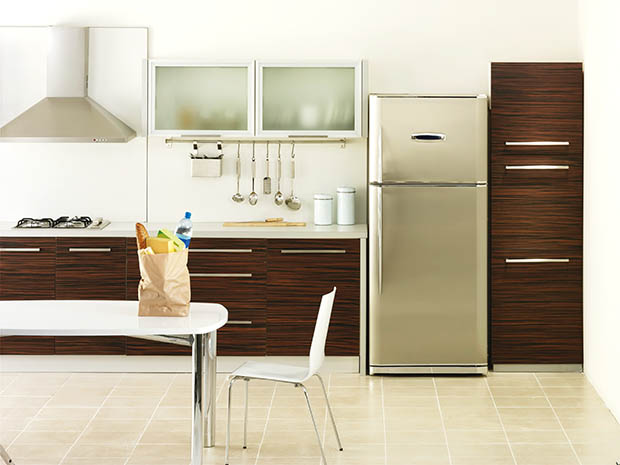How to save $10,000+ when you’re going off-grid

The beauty of going off-grid is no more power bills, but there are ways to save on the setup too.
Words: Nadene Hall
The average NZ household pays around $2200-$2300 for power annually, so skipping the grid connection for your new lifestyle block and generating your own power can look very enticing.
But the key to creating an efficient off-grid system is managing the biggest power suckers: cooking, heating your home and hot water, because:
• they use a lot of energy (around a third of your total power bill);
• they’re used for hours at a time;
• they’re mostly used when solar panels can’t recharge batteries (at night).
Ethan Simpson is an electrical engineer and co-founder of GridFree, which sells DIY off-grid kits.

“The biggest issue is heating. A lot of people don’t understand how much certain devices consume – they think they can run an electric heater for four hours in the evening, but that’s going to need a very expensive solar kit or they’re going to be constantly running out of power.”
The key to an economic off-grid setup is to use other options, such as gas or a woodburning stove. That one decision can save you $10,000-$20,000 off your costs.
“Installing it yourself, with the legal exception of 240V wiring, can also save you several thousand dollars in electrician bills.”
HOW MUCH POWER DO YOUR APPLIANCES USE?
Every appliance has a label that tells you how many watts it consumes while in use. For example, depending on the type:
• a 50-inch smart TV, around 75 watthours (W hours) while in use;
• a washing machine, 500-1500W hours per load (cold wash);
• fridges, 800-1000W hours per day.
If the current grid connection to your house has a smart meter, you can see how many watts you use per day – the average NZ household uses around 1300 watts or so an hour (6am-10pm) for a total of 22kWh per day.

However, those labels are an approximate measure. You can buy a power or energy meter to get an accurate reading for a particular appliance, especially one as power-hungry as a fridge. These are plugged into an outlet. The appliance is then plugged into it, and the meter tells you exactly how many watts it’s using.
“I’d say 90% of our customers run normal household appliances on our systems,” says Ethan. “Twenty years ago, a lot of people would use RV or boat appliances because they were more efficient, but these days there’s so much focus on energy efficiency in household appliances that most of the stuff you buy at a normal retailer is as efficient or more efficient.”
Love this story? Subscribe now!
 This article first appeared in NZ Lifestyle Block Magazine.
This article first appeared in NZ Lifestyle Block Magazine.
